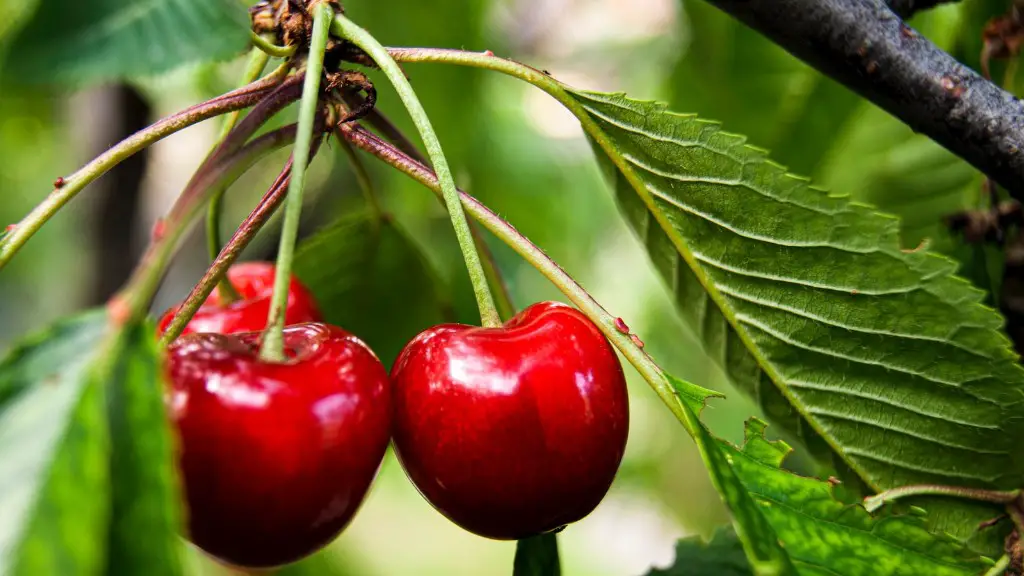Safety and Preparation
Removing a small palm tree can be hazardous and should not be done without precautions and tools. First, safety is important. Wear safety glasses and gloves to protect yourself from injury and infection. Make sure the area is clear of people or animals that could be hurt if anything goes wrong. If the tree is in close vicinity to a structure such as fencing, it’s important to place something soft beneath it so the structure is protected from falling debris. Once necessary precautions are taken, the correct tools must be gathered: pruning snippers, loppers, and a saw to cut through the trunk if needed.
Before removing the small palm tree, research the tree for specifics. Knowing what species it belongs to will help determine the safest way to remove it, as well as the care needed after it is gone. Many palm species can be killed by cutting too close to the original planting area, so it is crucial to understand the specific tree’s needs. You should also consider the best time to remove the tree. Certain species respond better to pruning and removal during certain times of the year.
Pruning and Transplanting
Once safety precautions and research is completed, pruning is the first step. When pruning, remove any dead fronds to prevent disease from spreading throughout the tree. Also cut away low branches that can be causing erosion or any damage to the plant. Cut away any damaged foliage so the tree can focus on healthy growth and direct energy to stronger, healthier branches.
To prepare for transplanting, use pruning sheers to make cuts close to the trunk and prune any roots that measure more than a few inches. Avoid removing too many roots near the trunk, as this can shock and danage the tree irreparably. After pruning is complete, dig out the tree and its root ball from the soil using a shovel or hand trowel. Make sure to dig up an area around the root ball and to keep it as intact as possible when transferring it to the new location.
Post-Transplant Care
Post-transplant care is just as important as the initial removal process. Make sure the rootball remains moist and allow it to become well established in its new location before fertilizing it or introducing new care or treatments. Discourage any additional stress or damage by avoiding pruning the tree too heavily or in ways that can spread diseases. Monitor the tree closely for any signs of distress and make sure to attend to any issues immediately.
Trees rely on their roots to anchor them and absorb water, so to ensure the small palm tree remains healthy, make sure to keep it properly watered. Depending on the climate and the plant’s specific needs, watering it up to three times a week should be enough. If the climate is more dry or if a dry spell is expected, consider watering more often.
Maintenance Strategies
Regular maintenance is key to keeping your small palm tree healthy. It is important to monitor the tree’s health and take preventive measures to avoid any potential issues. Inspect the tree frequently, looking for any damaged or dying foliage, pests or infections, and copious amounts of mulch. Trim away any damaged or dead foliage and use organic treatments like neem oil or insecticidal soap to treat pests without damaging the surrounding environment.
Every six months, feed the small palm tree a balanced fertilizer. Application amounts and frequency vary depending on the species, so make sure to consult resources or professionals before proceeding with any fertilizer treatments. After application, provide the tree with plenty of water to allow the fertilizer to be properly absorbed. Additionally, make sure to keep the tree rotated so the foliage grows evenly. Sunlight can also be a factor, so consider shielding the tree from intense sunlight when necessary.
Common Mistakes
Removing a small palm tree can be a lengthy process if done incorrectly. Before attempting to transplant the tree, make sure you understand the species’ specific needs and the necessary precautions. Removing a tree without research and precaution can damage the plant and affect its growth and health in the long run.Neglecting post-transplant care can also be an issue, as proper soil care and water intake is essential for the tree’s health and development.
It is also important to refrain from using the wrong tools or fertilizers. Not all fertilizers are suitable for small palm trees and the wrong tools may damage the tree’s root system or leave it vulnerable to disease. Make sure to do your research thoroughly and assemble the needed tools and resources before attempting removal.
Disease and Pests Prevention
Disease and pests can be a major issue for small palm trees, especially ones that have been recently transplanted. Take active steps to prevent any potential issues by regularly inspecting the tree for any changes or signs of distress. Signs of pests or disease may include discoloration on the trunk, rotting leaves or fronds, or a large presence of insects like aphids or whiteflies.
If an infection or pests are detected, treat it quickly and carefully. Reach out to professionals if you are unsure and only use treatments that are safe for the environment and the tree itself. Make sure the area around the tree is clean, as excess debris and mulch can encourage disease and pests. Steer clear of chemical-based treatments if possible and instead opt for natural treatments if possible.
When To Seek Professional Help
Removing a small palm tree can be difficult and dangerous, so it is sometimes better to seek professional help. They will have expertise in proper tree removal techniques, as well as the correct tools and resources. If the tree is very large or if the rootstock is particularly strong, seek professional help to make sure the removal is done safely and correctly.
Professionals will also have access to treatments and fertilizers that are safe and effective for small palm trees, as well as preventative measures to avoid common issues like disease and pests. In the event of any accident or injury, they will know what to do and have the necessary experience and insurance.



